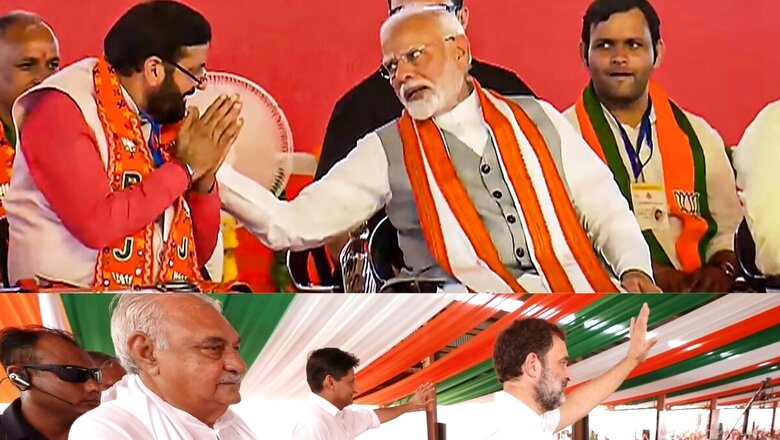
views
Ten years of anti-incumbency, perceived Jat anger, and assumed farmer frustration — so much so that even senior BJP leader Manohar Lal Khattar was not invited on the stage during Prime Minister Narendra Modi’s rallies: this was the perfect mix for any opposition party to script a victory in the Haryana assembly elections.
In this case it was the Congress that was confident of a positive outcome; so much so, that many of its leaders had already started hectic lobbying over cabinet portfolios. So, how did the BJP stop this from happening?
Gandhi’s remarks about reservation used to BJP advantage
In September, Congress MP Rahul Gandhi created a storm during his trip to the United States when he talked about “ending reservation” in India — a sensitive topic back home that the BJP exploited well in Haryana to drive home the point.
Gandhi made the controversial gaffe during a session with students and faculty at Georgetown University in Washington, DC. He had said: “The Congress will think of ending reservation when India is a fair place,” adding that India is not a fair place at the moment.
The scheduled castes (SC) population in Haryana is 19.35 percent of the state’s total population. The OBC (other backward class) population is estimated to be around 40 percent and are made up of 78 castes.
The BJP went all out to create a fear psychosis that seems to have paid off. A day later, Gandhi stepped in to call it a “misinterpretation” but by then it was too late.
Farmer appeasement
The disenchantment among farmers was palpable across many seats in Haryana, particularly close to the Punjab border. In fact, many faces from the BJP and Jannayak Janta Party (JJP, which faced the farmers’ ire for joining hands with the BJP in 2019) faced protests by the farmers during their campaign.
Khattar’s comments made it worse: “Kuch log sarfire aise hote hain jo apni dabangai chalate hain (Some people are crazy and want to express their authority)…”. But, the BJP tried to undo the damage by promising to purchase 24 crops at minimum support price (MSP) in its poll manifesto.
Just before the election, Chief Minister Nayab Singh Saini in Kurukshetra announced that all crops in Haryana were to be bought at MSP, which seemed to have worked at the eleventh hour. Coupled with that, the saffron party’s careful strategy to keep Khattar — the face of “anti-farmer” decisions — away from mega events seems to have worked in appeasing the disgruntled farmers.
Non-Jat consolidation, inroads into Jat territory
The BJP seems to have retained its non-Jat consolidation both in the eastern and the southern peripheries. The BJP’s initial sense showed that the OBCs and backward castes continued to back the BJP while the party made remarkable inroads into the Jat-dominated western parts of the state.
Take Tosham for example, where the BJP’s Shruti Chowdhary is leading. It is a Congress bastion that has virtually not been penetrated for at least two decades. The BJP’s Mukesh Sharma is leading in Gurugram in spite of rebel issues and Vipul Goel is also leading in Faridabad, as per the latest Election Commission trends.
The ‘Love Charger’
Dera Sacha Sauda chief Gurmeet Ram Rahim Singh — also known as the ‘Love Charger’ — asked his followers to vote for the ruling BJP in Haryana elections, only a day after he was released on a 20-day parole that seems to have worked in the BJP’s favour.
The Sirsa dera has a follower base of 1.25 crore. Of its 38 branches, 21 are in Haryana alone — Fatehabad, Kaithal, Kurukshetra, Sirsa, Karnal and Hisar. These six districts covering 26 seats have a sizeable number of followers to influence the election outcome. So, a call by the ‘Love Charger’ to vote for the BJP should not be taken lightly.
While he was released on a 20-day parole from a Rohtak jail, where he is serving a 20-year term for raping two disciples, the timing can also be questioned. However, what cannot be questioned is the desired result.
The Selja factor
The final factor is believed to senior Congress leader — Kumari Selja, who had chief ministerial ambitions. Even as early as this morning, she confirmed she was in the race for the top job. Why is she a factor?
She is the Dalit face of the Congress in Haryana, who delayed campaigning for her party even as the Hoodas went all out. She was also said to be unhappy with the candidate selection and ticket distribution, largely dotted with Hooda loyalists.
Selja has voiced her disgruntlement at being taken for granted and not even being consulted during candidate selection. As the BJP leads turn into wins, many in the Congress camp are now pointing fingers at her as the reason that may have been behind the BJP’s smooth road to victory, so far.
But above all these, BJP sources pointed at a sixth reason — the Modi factor. They showed an old photo of Narendra Modi campaigning for the party in the Sonipat seat, suggesting today’s mandate is reflective of a lifetime of his association with the state.
But be that as it may, for now, it’s celebration time for the BJP in Haryana where it has ordered 100 kg of jalebi.










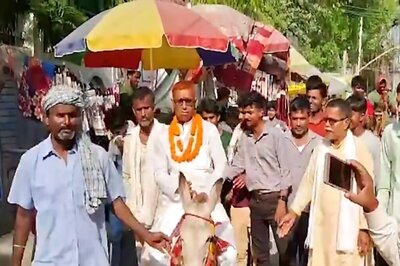

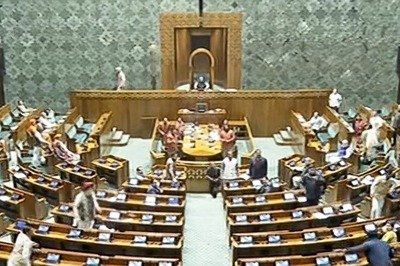
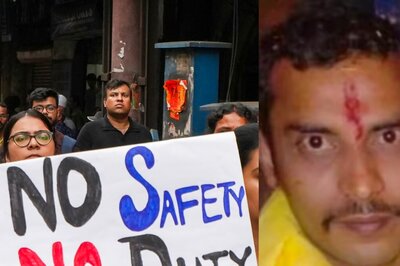
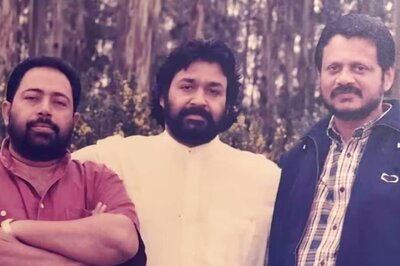
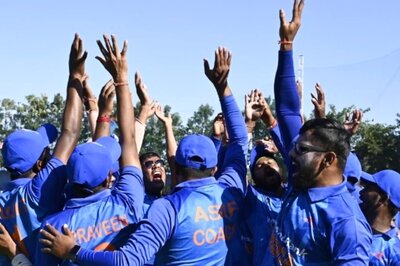




Comments
0 comment